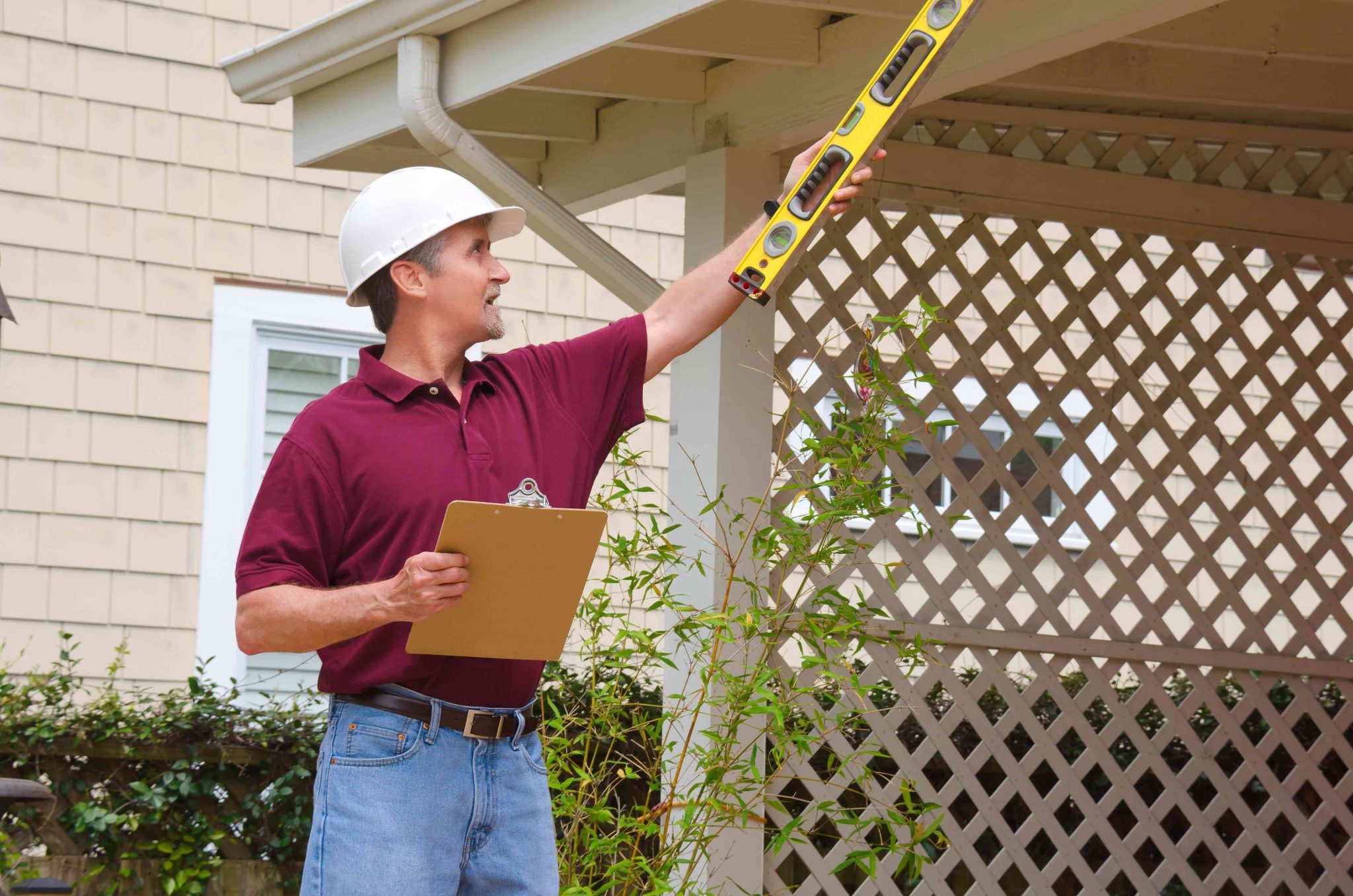
Professionals like Vital Building Inspections are of the opinion that both buyers and sellers often confuse between residential and commercial building inspections. It is one the many reasons why you should be clear about the differences between the two so that you can opt for the services as per your requirements.
Residential Building Inspection:
A residential building inspection is the investigation of a residential property that includes inspection of the recent improvements the property has been subjected to. On top of that, the inspector or the inspection team will also conduct a detailed review of the critical systems in the residential building that includes:
- Utility
- The condition of the foundation
- The structural integrity of the property and the likes.
A residential property inspection is, by law, compulsory for the owner to conduct at periodic intervals. On top of that, it is expected for the property owner to give a certificate of fitness along with the detailed inspection report of the property when a seller is about to buy the property.
Parts of Residential Building Inspection:
Residential property inspections consist of two most important parts. They are;
- Recent repairs/renovation works carried on the property and
- Replacements that needs to be carried out in the property on an immediate basis.
The latter indicates the cost estimations and reasons for conducting a particular replacement in the property along with the reasons for conducting the replacement. It should also showcase a detailed description of the consequences of not carrying out the necessary repair or replacement works including safety issues and threats to the occupants of the property.
Commercial Building Inspection:
Commercial building inspections, though similar in structure to that of residential building inspections, serves a completely different purpose. A commercial building inspection report is typically ready for commercial property managers and owners. With a commercial building inspection report in their hands, a property owner has access to all the information they need to support the facility to:
- Retain its market value and
- Maintain the safety standards of the premises.
It also helps them to prioritise certain areas that need immediate attention within the facility so that they can redirect resources or make the necessary arrangements to secure separate funding for renovation works for the facility.
Parts of Commercial Building Inspection:
Commercial building inspections have the following parts:
- Routine maintenance
- Analysis of systemic deficiencies
- Assessment of RUL (Remaining Useful Life) factor of the commercial property and its different systems
- Assessment of costs that the property owner would incur when they will be replacing/repairing a certain part of the property
- An assessment of whether the facility is in compliance with the safety standards and overall engineering and design intent
- Assessment of whether the facility is compatible with modern equipment or the other contiguous systems
- Compiling a priority list of necessary repairs for the facility owner
- Compiling a list that discusses the overall costs the property owner would need to bear for repair or replacement works
Whether you are a property owner looking to sell your commercial or residential property or a buyer who is looking for the same, it is of utmost importance that you have a detailed insight about the overall conditions of the concerned property. That being said, it is clear that although both residential and commercial building inspections are often labelled as ‘similar’, they are not. They both cater to different needs and has different functions.



